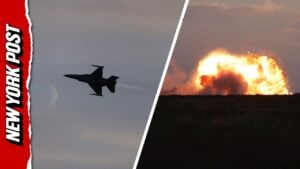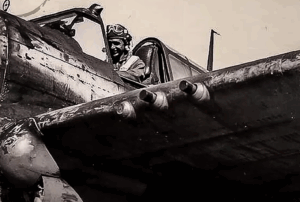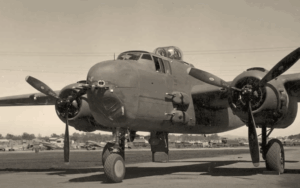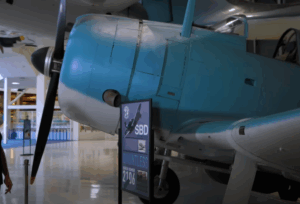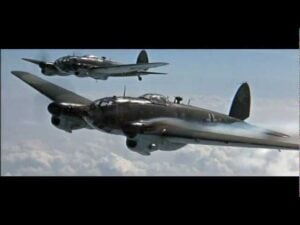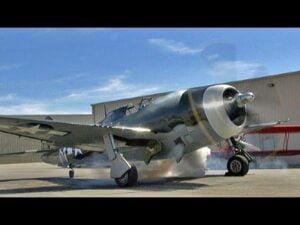The Most Famous Dogfight of World War II
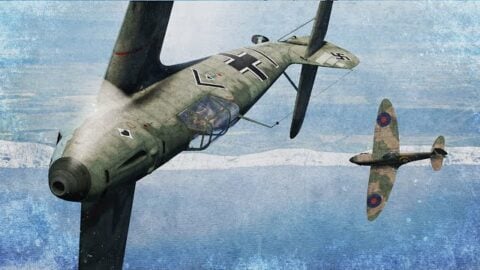
YouTube / TJ3 History
On July 28, 1940, amid the chaos of the Battle of Britain, two of the greatest fighter aces from opposing sides may have faced off in one of the most debated dogfights of the war: South African ace Adolph “Sailor” Malan of the RAF, and the Luftwaffe’s formidable Werner Mölders.
The Men Behind the Controls
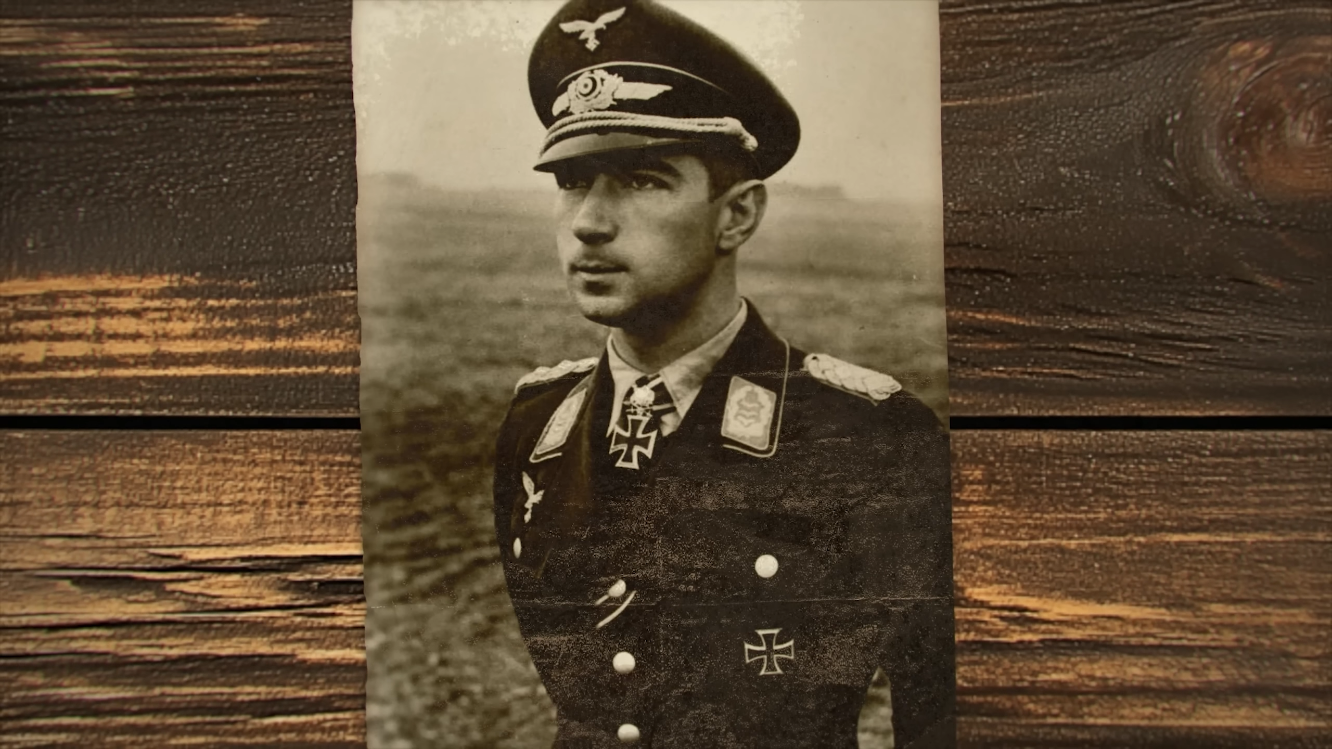
At just 27, Werner Mölders had already made a name for himself with 25 confirmed kills—excluding nine he racked up during the Spanish Civil War. A brilliant tactician, he developed the famed Finger Four formation, revolutionizing Luftwaffe air combat tactics.
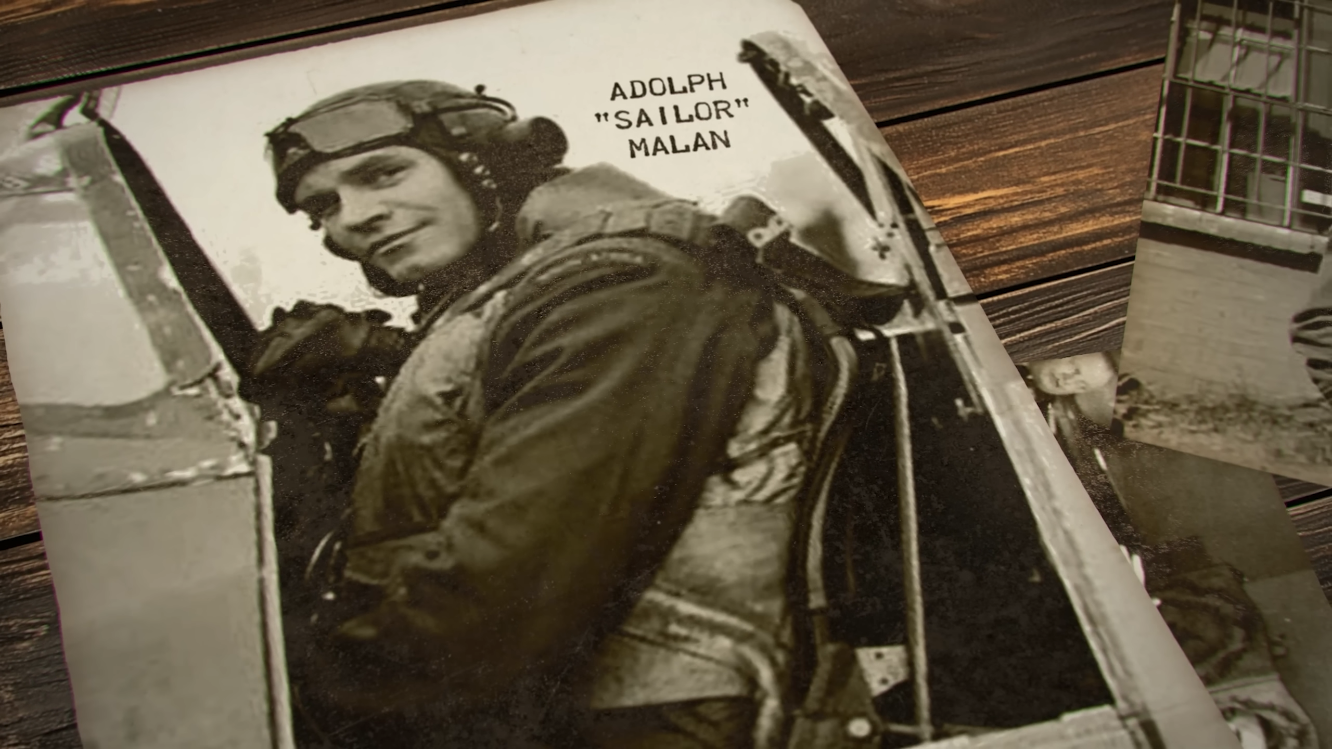
On the other side of the Channel was 29-year-old Adolph “Sailor” Malan, recently promoted to Flight Lieutenant of the RAF’s 74 Squadron. A former naval officer, Malan was known for his coolness under pressure and deadly accuracy in the air. Like Mölders, he was a rising star—and would go on to author Malan’s Ten Rules for Air Fighting, a blueprint for RAF combat success.
The Ambush Unfolds
That day, Luftwaffe fighters from JG 51 and JG 26 took to the skies to escort Heinkel He 111 bombers—though this turned out to be a ruse. The bombers turned back early, leaving the German fighters poised to pounce on the intercepting RAF squadrons.
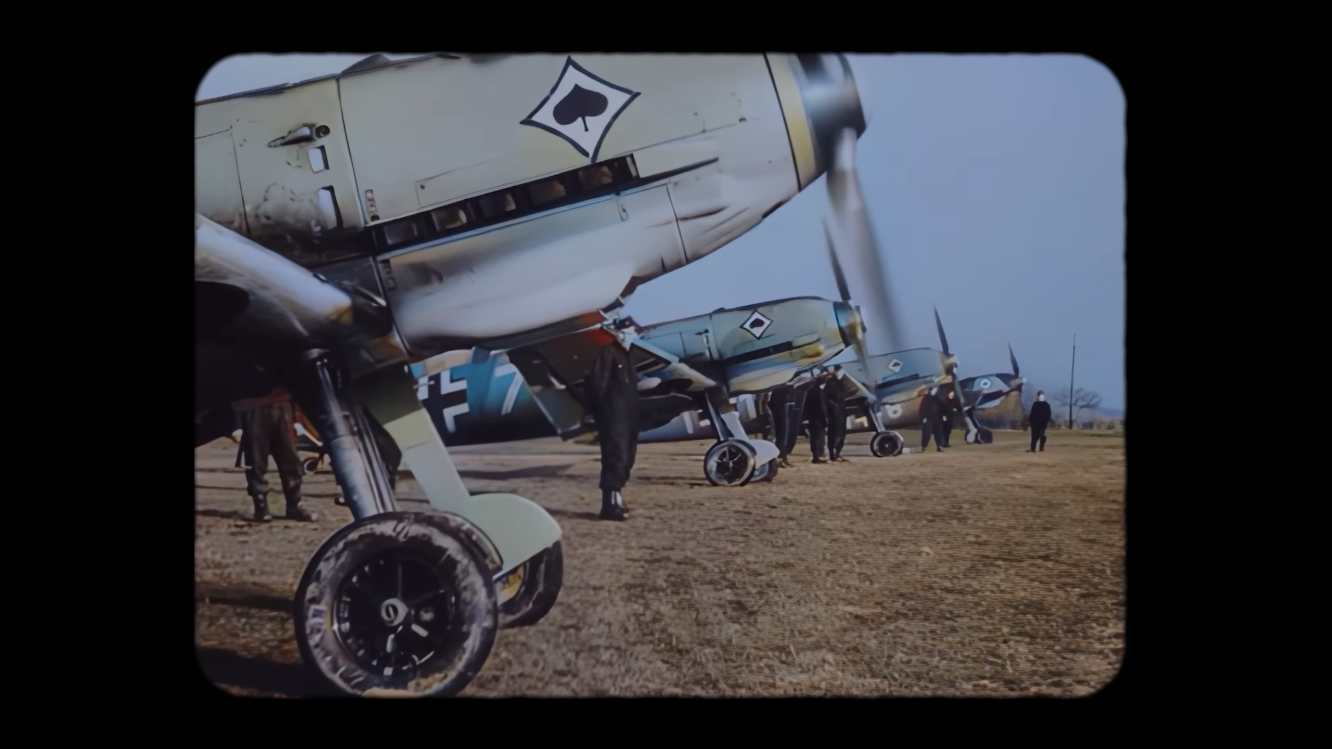
As 41 Squadron climbed to intercept, they were ambushed by German fighters. Amid the chaos, Mölders dove into the attack, firing on an RAF pilot before being surrounded by Spitfires. One British pilot suddenly turned into him and fired—a brief, precise burst. Mölders’ Messerschmitt Bf 109 shuddered violently. Wounded and his aircraft damaged, he barely made it back across the Channel, crash-landing in France with shrapnel injuries that grounded him for weeks.
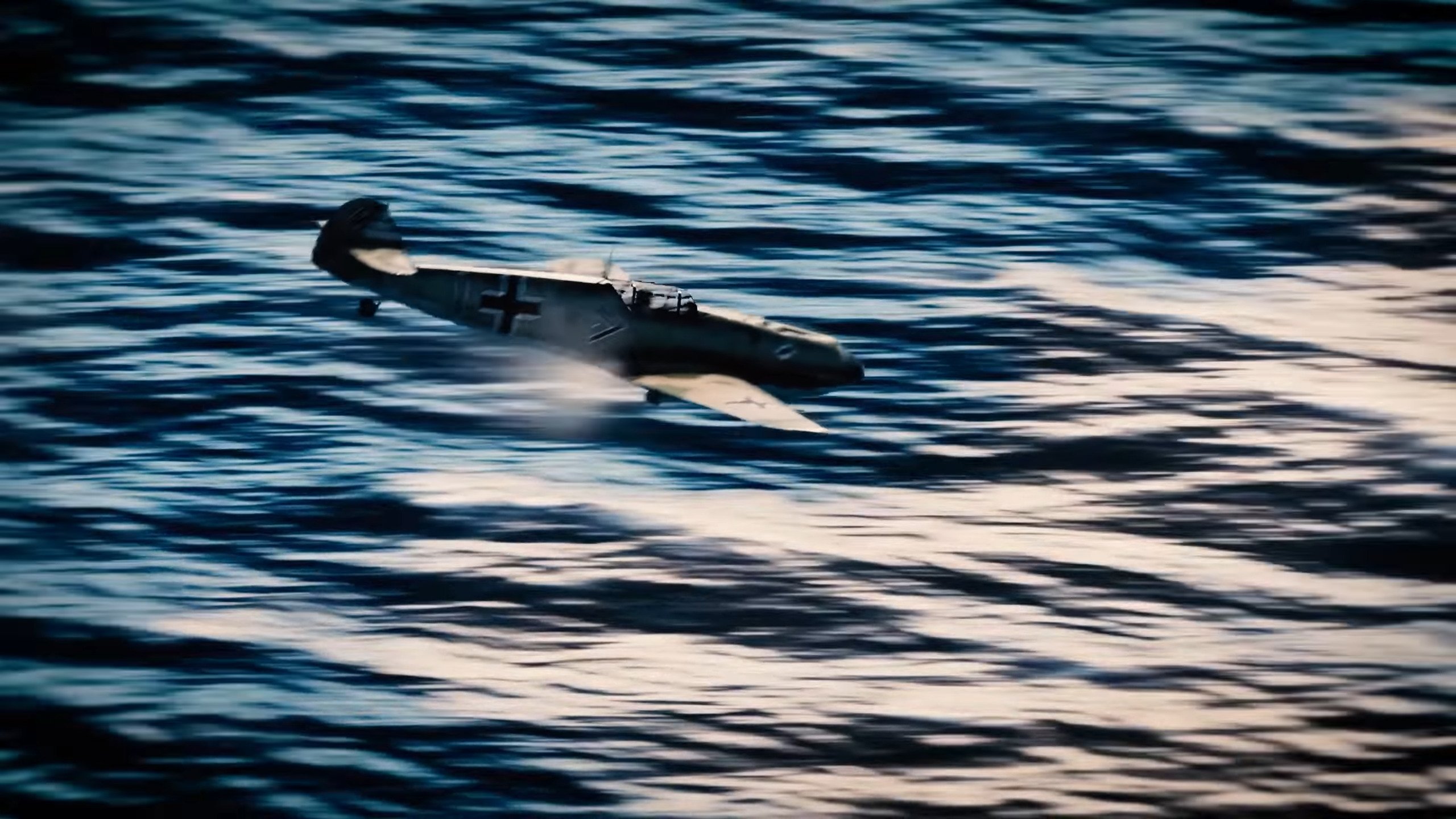
Meanwhile, Sailor Malan returned safely, having claimed two kills.
Who Shot Down Mölders?
At the time, Malan was assumed to be the one who downed Mölders. But after the war, doubts emerged. In The Battle of Britain: Then and Now (1982), historian Peter Cornwell proposed an alternative: Flight Lieutenant J.T. Webster of 41 Squadron.
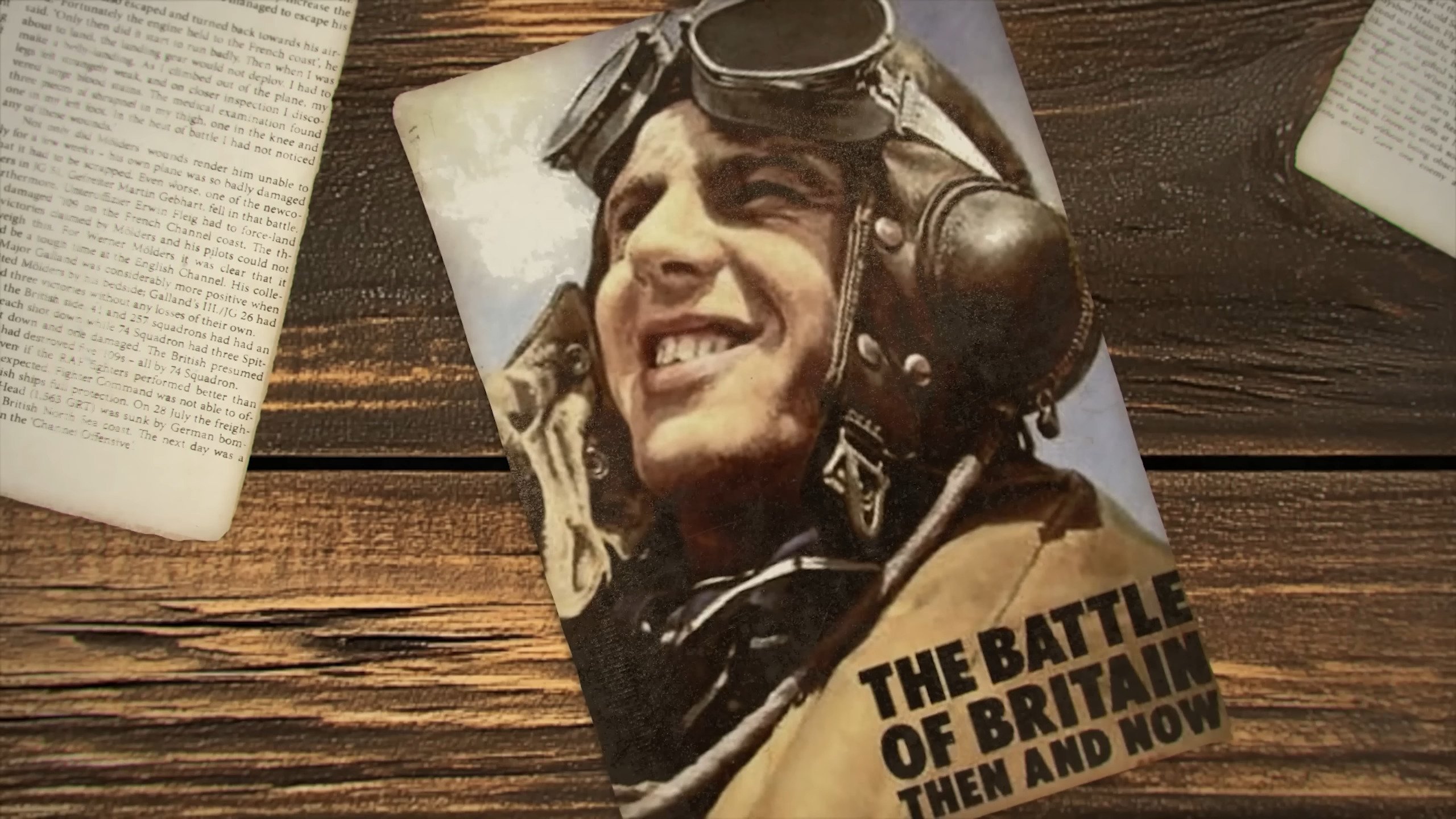
Webster’s combat report described severely damaging a Bf 109 that was seen smoking and diving for the French coast at low altitude—details that closely matched Mölders’ emergency landing. In contrast, Malan’s kills didn’t align as well with Mölders’ account. Tragically, Webster was killed in combat weeks later, leaving the true answer forever out of reach.















